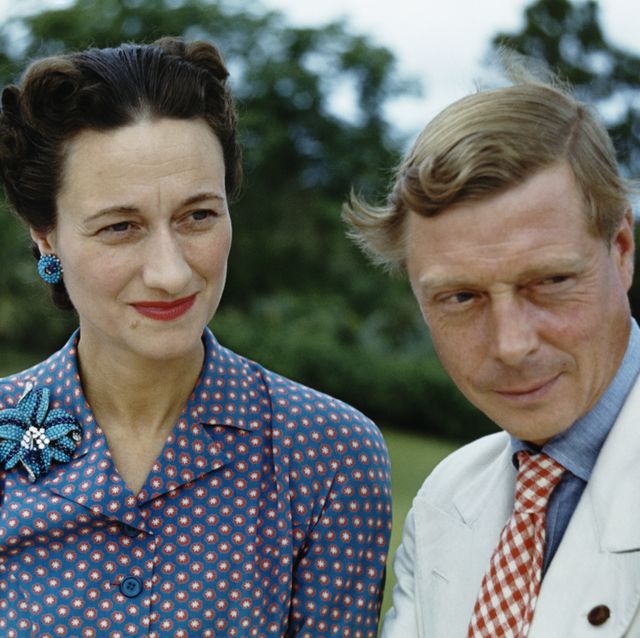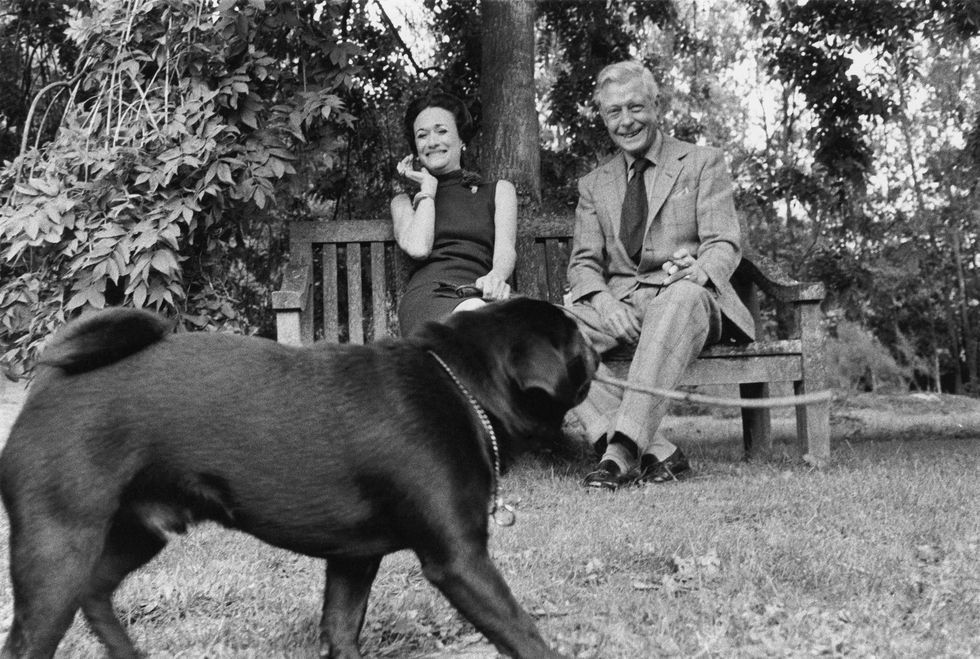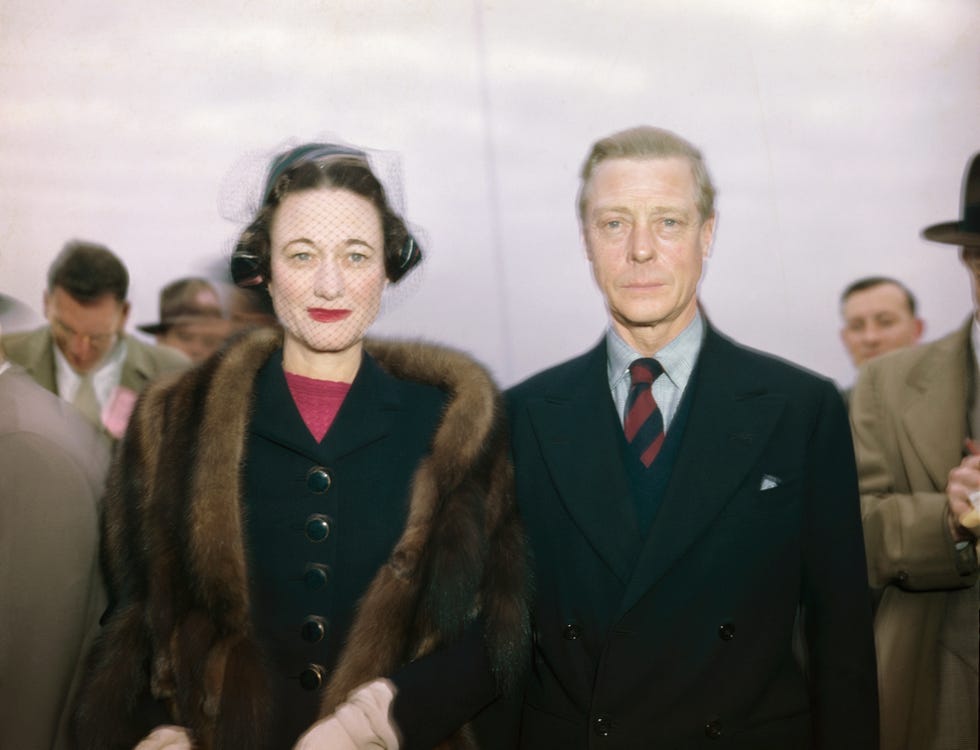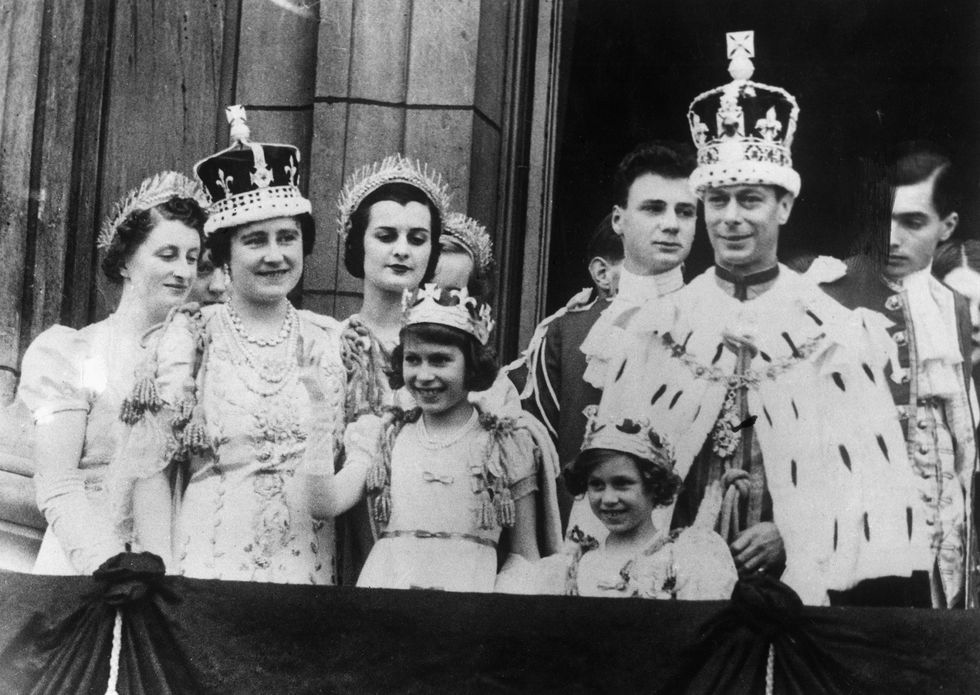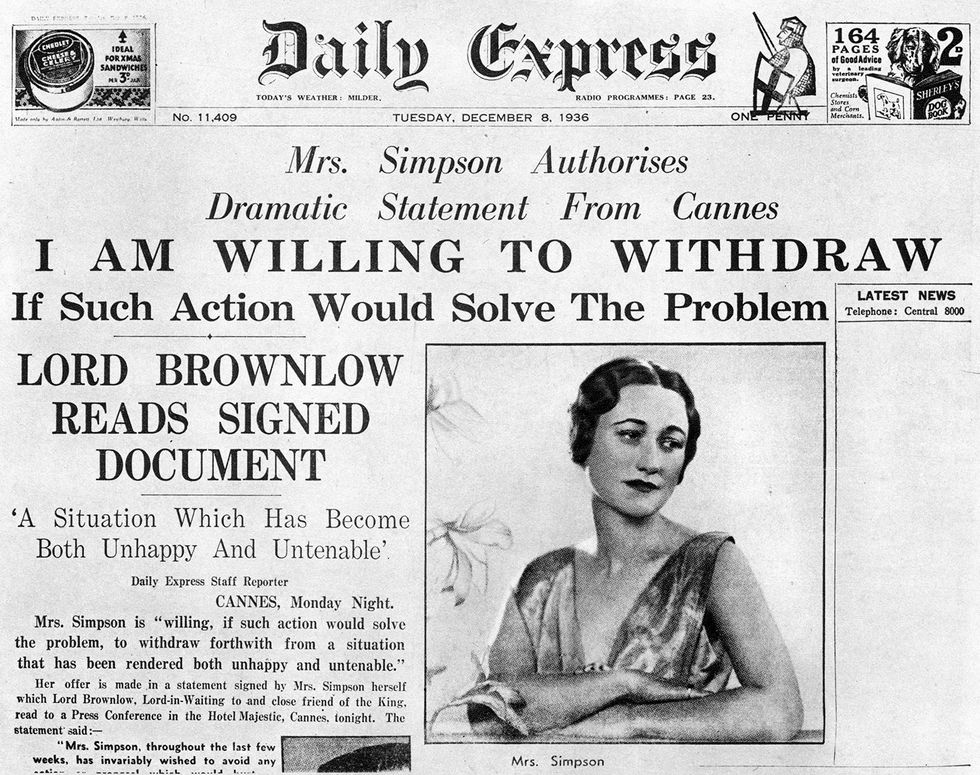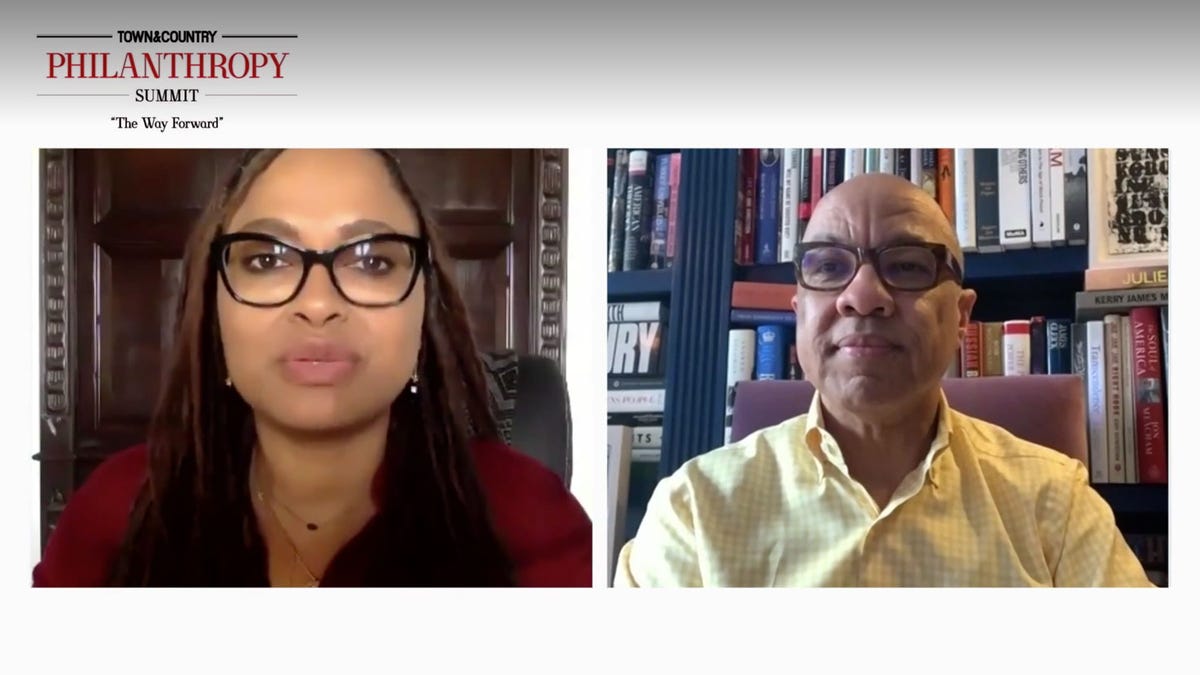Sir Anthony Hawke was in a bad temper. The 67-year-old High Court judge was suffering from a severe cold on the morning of October 27, 1936. But his ill health was nothing compared to the bafflement with which he greeted the hoopla that had begun to take place outside his courtroom at Ipswich County Hall.
Despite the elaborate planning, nobody had apparently bothered to inform the judge of the upheaval his court would face on this auspicious day. Hawke may in fact have known more than he let on about the exceptional divorce case he was about to hear. He had not been a member of the High Court of Justice for the past eight years without acquiring a keen knowledge of the law and how those who came before him attempted to manipulate it.
Thus in his eyes there was something amiss about the slight, smartly presented yet deeply nervous-looking middle-aged woman who stood before him in an expensive dark navy woolen suit.
For despite her unexceptional appearance, the actions of Wallis Simpson threatened Britain’s very stability. After meeting the Prince of Wales in January 1931, she had become his mistress three years later.
Now, in Hawke’s court, she was attempting to divorce her second husband, Ernest Simpson, an Anglo-American shipping executive and former officer in the Coldstream Guards. Her aim was to marry Edward who, since January 1936, had ruled as Edward VIII.
Despite a UK press blackout, courtesy of the powerful proprietor Lord Beaverbrook, their love affair had caused a constitutional crisis, as Edward would not have been able to marry a twice-divorced woman and remain king.
Fearing his reputational damage, Wallis had even written to Edward on October 14 to suggest abandoning her divorce proceedings. One reason for her trepidation was the presence of the international press, hoping for some piece of scurrilous or revelatory news. Incredibly, the royal relationship would not be referred to in the British papers until December, but this was not the case in America.
According to the news magazine Cavalcade, “Four thousand words . . . were put across the cable to the United States by the Associated Press in the last few days . . . of a story of which not one word was printed in British newspapers.” Wallis was a hot property; a police report stated that "any information respecting Mrs Simpson finds a ready market in newspaper circles abroad, especially in America." The New York American newspaper announced that it was inevitable that Edward would marry Wallis in eight months time, and the New York Daily Mirror even boasted that she would be married in the Palace in a photo entitled "Royal Fiancée."
The Home Secretary John Simon described the American papers’ motives: “A Royal romance interests everybody, but a romance between the King of England and the daughter of the proprietor of a Baltimore boarding-house roused to a frenzy the inhabitants of a Republic dedicated to the proposition that all men are created equal.”
Arriving at the courthouse, Wallis, accompanied by a detective, her solicitor Theodore Goddard (who was being paid the extraordinary fee of 100 guineas for his work) and her counsel Norman Birkett, was hustled swiftly through a side door before the police locked and bolted the front of the building.
Such secrecy was the direct result of a direct royal entreaty from the king to the chief constable of Suffolk, an unparalleled usage, and some might even say abuse, of royal powers. The King’s intention was to avoid embarrassment, but also to ensure Wallis’s safety.
One anonymous letter received at New Scotland Yard called Edward “a rotten swine asking us to pay for emerelds [sic] and fine things for his ugly whore” and threatened that “if that Yankee harlot does not get out, we will smash her windows and give her a hiding.” A similar epistle, from an American named Joe Longton, spoke for a growing section of US opinion when it described Wallis—who was denigrated as a "mofradite [hermaphrodite] of the introvert type"—as "the Queen of the Golden Grummet," or a sexually dominant woman, and her relationship as Edward as "a blind or a stall to cover his own sexual malformation."
The subject of this innuendo, meanwhile, entered a virtually empty court. The few who were allowed in were witnesses who were integral to the case, along with around 20 journalists. It was said of Wallis by one reporter, perhaps with a touch of poetic license as she took her seat, that she was "like [a] living portrait Whistler might have painted…[she was] a chick [sic] woman with chiseled delicate features." She was said to outshine all others "like [a] flower against [the] flame."
Hawke’s suspicions remained obvious as an uneasy Wallis took the witness box to be cross-examined by her counsel.
Birkett allowed her to trot out an account of how her marriage to Ernest had been happy until the autumn of 1934, at which point she claimed he became “indifferent”, went away for weekends and did not respond to complaints about his behavior.
This continued, in her version of events, until Easter 1936, when she claimed to have received a letter informing her that her husband was conducting an extramarital affair.
Wallis identified her husband from a photograph, and his handwriting in the register of the Hotel de Paris in the Thames-side village of Bray, using the pseudonym “Arthur Simmons”. She was then allowed to step down from the witness box, where she had been for around 14 minutes.
It was obligatory for the petitioner to be asked if she herself had committed adultery. As Robert Egerton, her solicitor’s clerk, wrote in his unpublished memoir of the case: “It was expected that the judge would overlook one or two lapses for which the petitioner was suitably contrite.”
But Wallis was giving nothing away, and Egerton observed: “It will surprise many people that Mrs. Simpson should have, in effect, denied that she had committed adultery with the King”.
There were, he further noted, "numerous occasions when they had been alone together in circumstances that constituted prima facie evidence of adultery."
There followed the corroborating evidence of two waiters and a hall porter, who testified to seeing Simpson in bed with a woman not his wife—“both of them occupied… it was a little bed." Birkett ended his address and asked for costs. The judge hesitated a moment.
Egerton later described this as "one of those moments which solicitors dread, when what appeared to be a cut-and-dried case suddenly strikes an awkward snag." Wallis would write: "For a terrible moment, I felt sure that he was determined to deny me my divorce."
However, Hawke did grant the petition, with obvious reluctance. But Egerton observed the judge was "was showing his feeling that in this particular case he would have liked to find a way out of presiding over what was palpably a judicial farce." The clerk’s own impression of the royal couple was that "Mrs. Simpson was an experienced woman and a social climber with no pretense to superior moral standards," and that "the King was obsessed with her to the exclusion of everything else."
Wallis left court quickly, got into the Buick once again, and headed off to London with Goddard, who "exuded an air of quiet triumph."
A police car obligingly blocked the road for a further 10 minutes so that she would have a clear run before the inevitable pursuit began. Wallis felt "no triumph—only a sense of relief." And she knew that that was to be short-lived.
From The Crown in Crisis by Alexander Larman. Copyright 2021 by the author and reprinted by permission of St. Martin’s Publishing Group.
